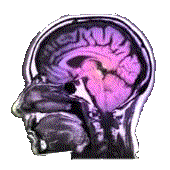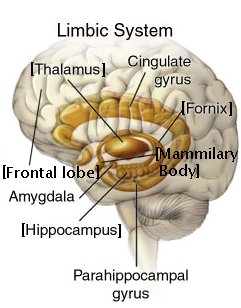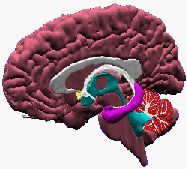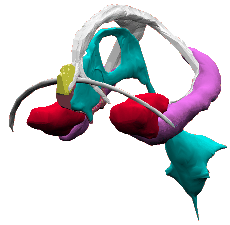
| Memory Systems |  | |
 The areas in brackets in the above schematic of the limbic system represent parts of the brain hypothesised to be associated with memory function. | Most multimedia research is concerned with learning declarative tasks, that is acquiring knowledge about a subject for example geometry, physics or even learning a language. Procedural tasks on the other hand involve learning to execute a series of steps or stages to assemble an object or make something work. My own research interests lie in training procedural tasks in the workplace or a factory setting.  |  Much of the epirical evidence for the existence of two memory systems comes from the study of one patient called "H.M.". H.M. underwent a large bilateral excision of structures of the temporal lobe, including a large part of the hippocampus, the parahippocampal gyrus and the amygdala for the treatment of severe epilepsy. After this extensive surgery H.M. lost the ability to remember practically anything that happened to him after the operation. However he could perform new sensimotor tasks such as a mirror reading task. |
There is evidence that declarative and procedural memory may represent two separate learning systems in the human brain. Much of this evidence comes from the impairment of amnesia patients to form new permenant declarative memory yet retain the ability to learn new motor or procedural tasks. |  Computer generated image of the limbic system. | |
| |My Research| | |Homepage| | |Wearable Computers| | |Sound| | |Psychological Basis| |